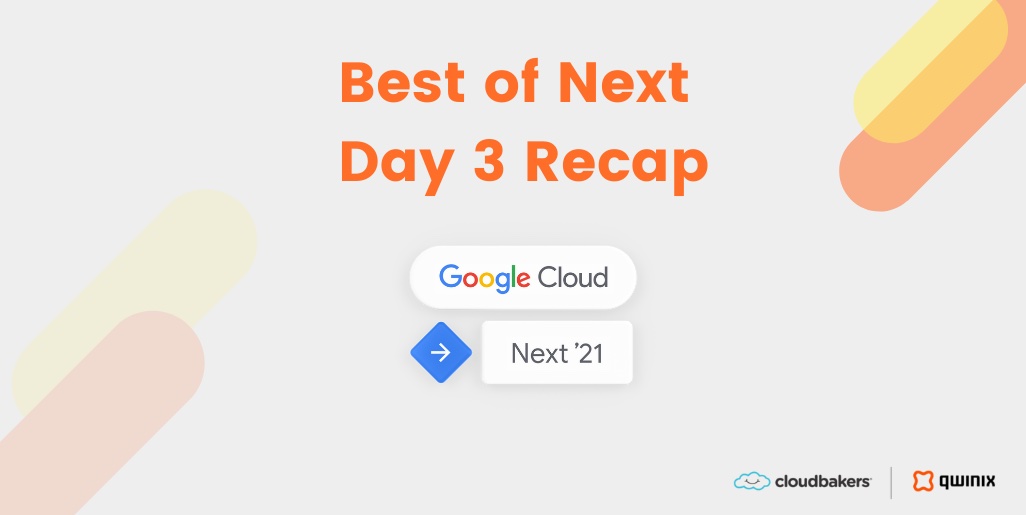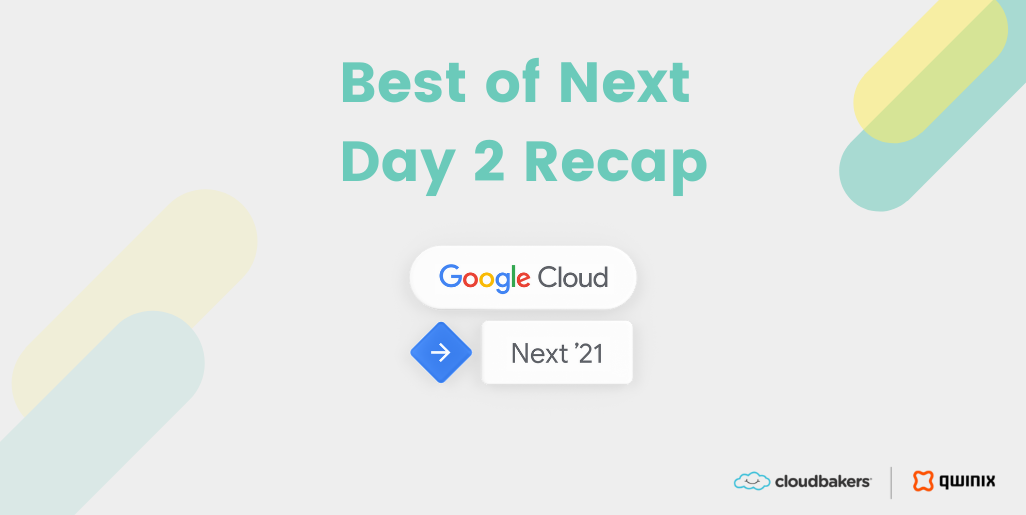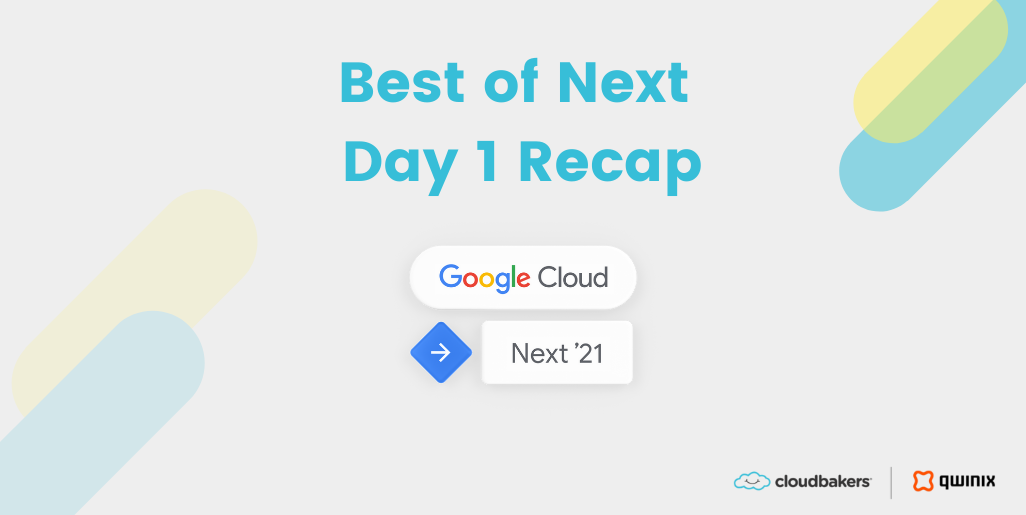By Jim Moore
When it comes to developing and managing applications, containers are becoming more popular than ever. However, for those already using and familiar with virtual machines (VMs) the question might still linger — why use containers instead?
VMs run on separate operating systems with images, which results in larger sizes and more complexity in the process throughout the entire development cycle. On the other hand, containers offer a more streamlined approach with the ability to run multiple applications on a single server. This makes it easier to quickly move applications between data centers, as well as public and private clouds.
In short, containers are light, agile, and can run from anywhere.
What Are Containers?
Like virtual machines, containers are a form of operating system virtualization. Google Cloud defines containers as “packages of software that contain all of the necessary elements to run in any environment.” A container can be abstracted and run from anywhere, whether that be the cloud, a developer’s computer, or a private data center.
With containers, it is easy to share network resources, CPU, storage, and memory efficiently and on a much larger scale. Each container possesses everything from binary code and libraries to configuration files.
While a container can act alone, more commonly it is part of a larger system. The most common way to manage containerized workloads and services is with Kubernetes, which facilitates both declarative configuration and automation. This allows for orchestrating and scaling complex systems of containers all the way from within a single machine to entire data centers.
VMs vs. Containers
When it comes to how virtual machines and containers compare, there are some key differences to consider:
- Light and smaller in size: Multiple containers may run on the same operating system. In contrast, VMs each run on their own operating system.
- Faster start time: Because containers run on the same host operating system they are lighter — typically megabytes in size — and can get going in seconds. VMs on the other hand are larger, usually measured in gigabytes, and can require minutes to get going.
- No operating system images: Containers have no OS images, like VMs. This contributes significantly to containers being a much lighter option, as they have a reduced memory and storage footprint.
- Efficiency: With use being consolidated, servers can be repurposed. The greater speed and agility that comes with using containers also allows easier transfer between clouds and data centers.
- A reduction in management overhead: This is possible because managing one operating system at a time with containers as opposed to several operating systems with VMs requires the attention of fewer developers.
Other Benefits of Using Containers
- Consistent and reliable, running the same regardless of where they are deployed from and easier to test regularly
- Deploy from anywhere to different platforms and operating systems
- Make it easier to migrate applications onto the cloud
- Scale and increase efficiency when distributing microservices and applications
- Easier to repeatedly deploy processes
- Smaller security attack surface
- Streamlined team responsibilities, with IT and developers focusing on specific features
- Fewer resources required to manage operating systems
- Isolation of applications, giving developers a more holistic view of an operating system because containers virtualize everything at the operating system level
Getting Started Using Containers
Google Kubernetes Engine (GKE) and Anthos are platforms that work together to provide efficient support for containers throughout the development, deployment, and maintenance cycles.
Containers are built out using platforms like Docker, while Google Kubernetes Engine and Anthos assist in managing groups of containers more efficiently. GKE allows containers to run together through multiple environments. Anthos supports GKE and applications across clouds and onsite, allowing GKEs to run from anywhere, consistently and reliably. Together, GKE and Anthos make it easier to scale and manage containers.
Request a consultation about our application modernization today.



